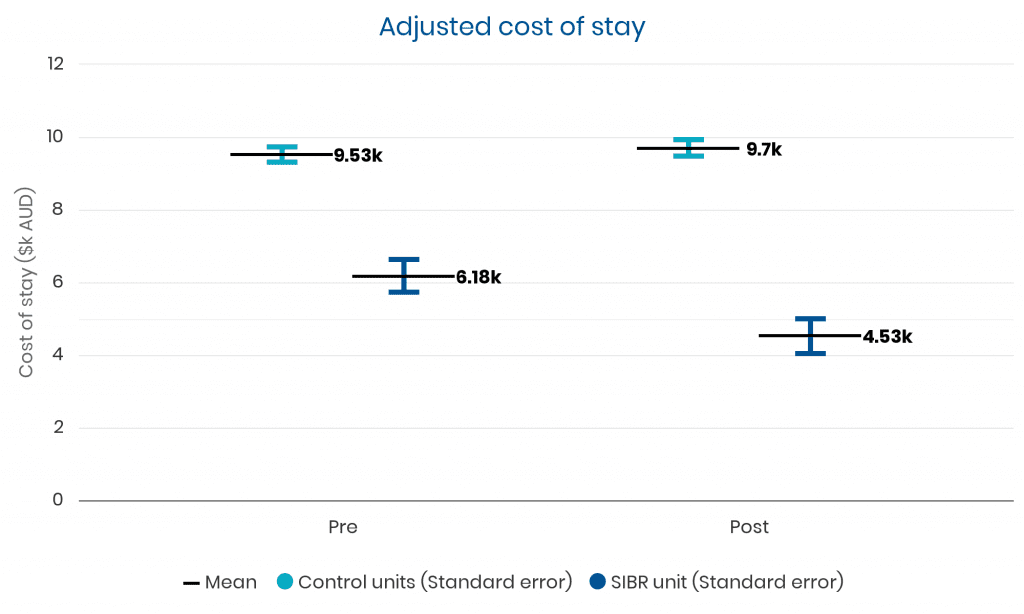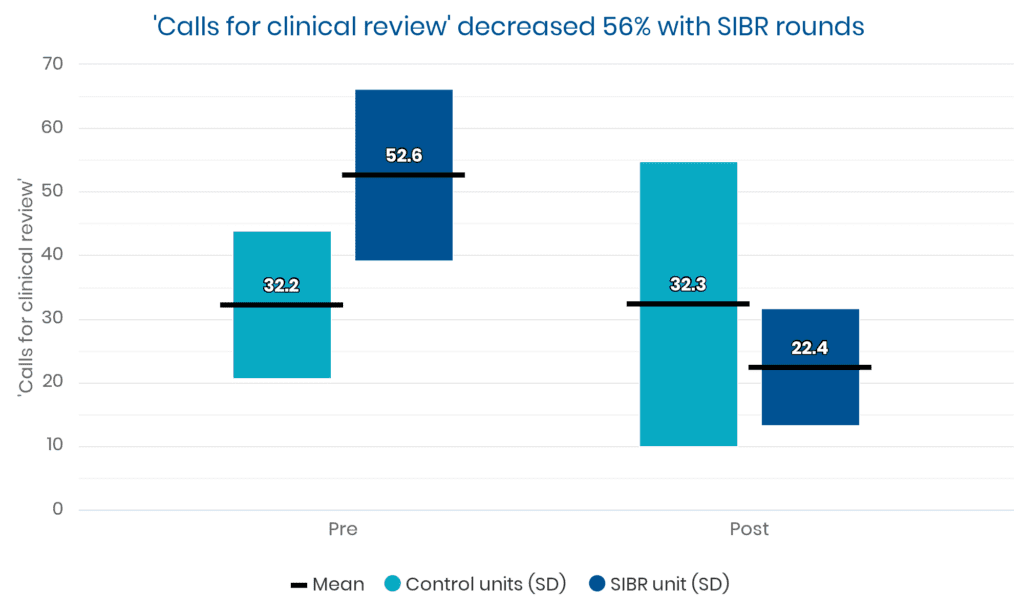Overview
In a study conducted at a large tertiary care hospital in regional Australia, the implementation of daily Structured Interdisciplinary Bedside Rounds (SIBR) in an Acute Medical Unit (AMU) improved teamwork, communication, and patient outcomes.
Objectives
To assess the impact of daily Structured Interdisciplinary Bedside Rounds (SIBR) combined with a ward restructure on teamwork, communication, and patient outcomes in an Acute Medical Unit (AMU).
Methods
The study used a convergent parallel multimethod approach involving 32 clinicians and inpatients aged 15 years and above. Data were collected over two years: one year prior to and one year post-intervention. Measures included:
•Qualitative: Semistructured interviews with clinicians.
•Quantitative: Length of stay (LOS), cost of care, and monthly clinical response calls.
Results
Teamwork and Communication
• Clinicians reported improved teamwork, communication, and understanding within and between clinical professions and patients.
• Greater organization and structure in the AMU were noted, though some nurses felt a loss of ownership and collegiality.
Patient Outcomes
• No significant change in LOS between intervention and control wards (P=0.31).
• Significant reduction in clinical response calls in the AMU from a mean of 63.1 to 31.5 per month (P=0.004).
• Significant interaction for cost of stay, with a decrease in the AMU and an increase in control wards (P=0.012).
Conclusion
The implementation of SIBR in an AMU significantly improved teamwork and communication among clinicians, leading to better patient outcomes, such as reduced clinical response calls. Multimethod evaluations are essential to understand the contextual factors contributing to successful interventions.
Additional Data


Detailed cost analysis showed that the control units adjusted cost of stay increased slightly.


The study also found that the ‘calls for clinical review’ decreased by 56% on the SIBR unit, while remaining the same on the control units.
I hope you enjoyed reading these strong results. Unit outcomes like these are achievable within 3 to 6 months using a seasoned implementation methodology:
- skillful project management
- smooth training and launch, and a
- long-term partnership for sustainability.
One option to achieve similar results is to engage our 1Unit experts. Backed by 15 studies like this one, our work has received awards from The Joint Commission, CMS, Clinical Excellence Commission, IHI, BMJ, and the Society of Hospital Medicine.
Whether your unit(s) have current multidisciplinary rounds or not, our experts can guide your unit leaders to launch and sustain the best interdisciplinary teamwork and communication you’ve ever seen on a hospital ward.
This is not some ivory tower theory. Our methods have been toughened and refined worldwide. Everything we teach has been carefully tested over more than a decade, so we know it works.
Connect with us if you’d like the “Easy Button” to steadily reduce harm events, discharge delays, and patient and staff dissatisfiers.
Liam Chadwick, PhD



